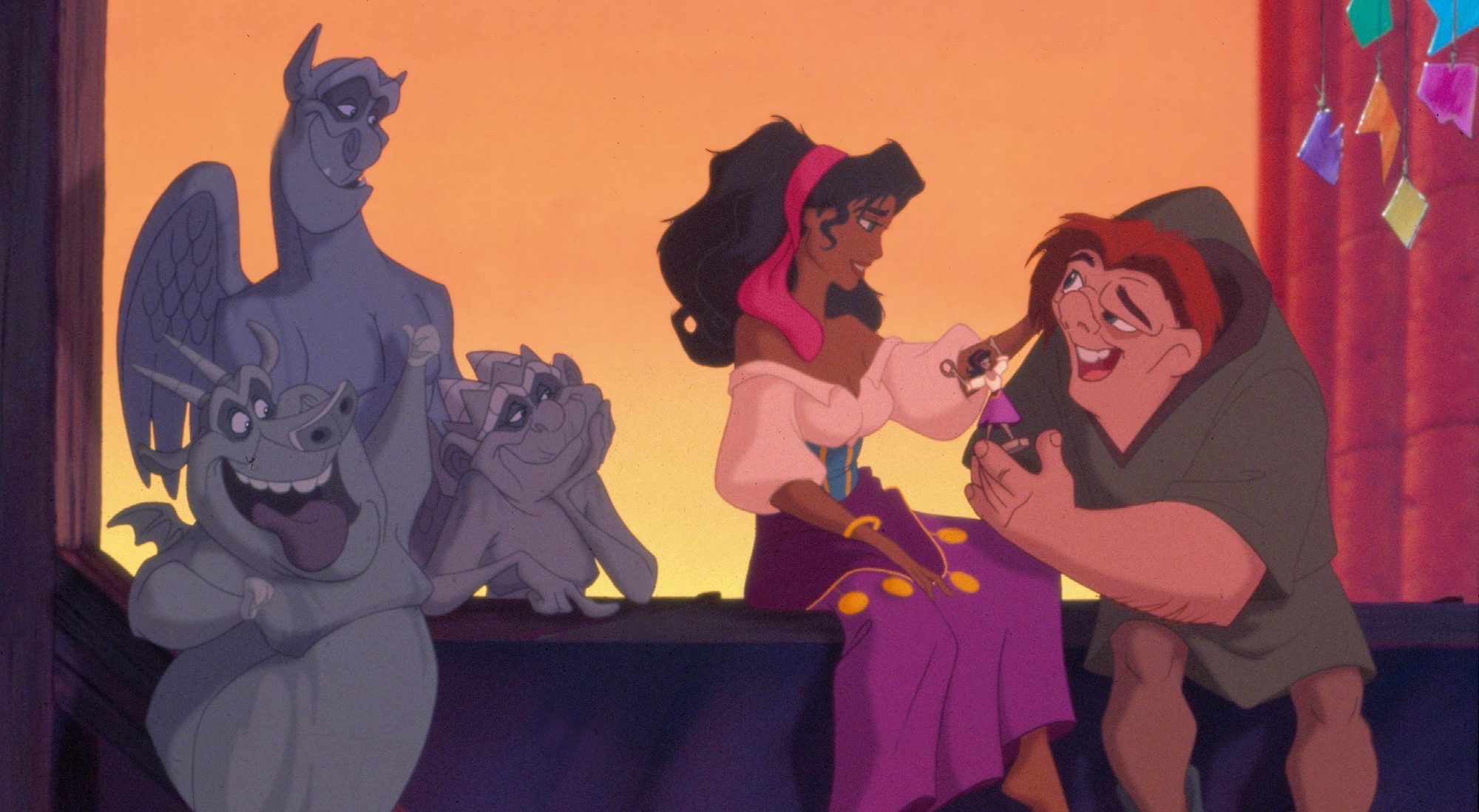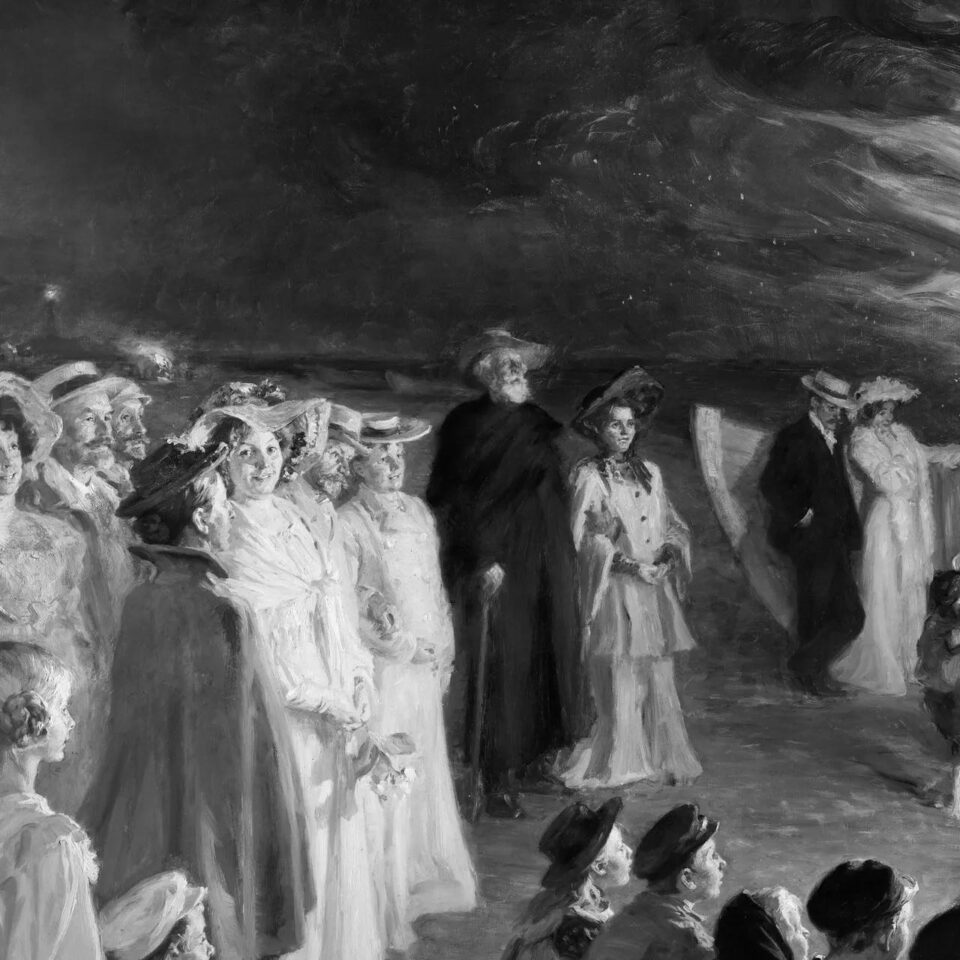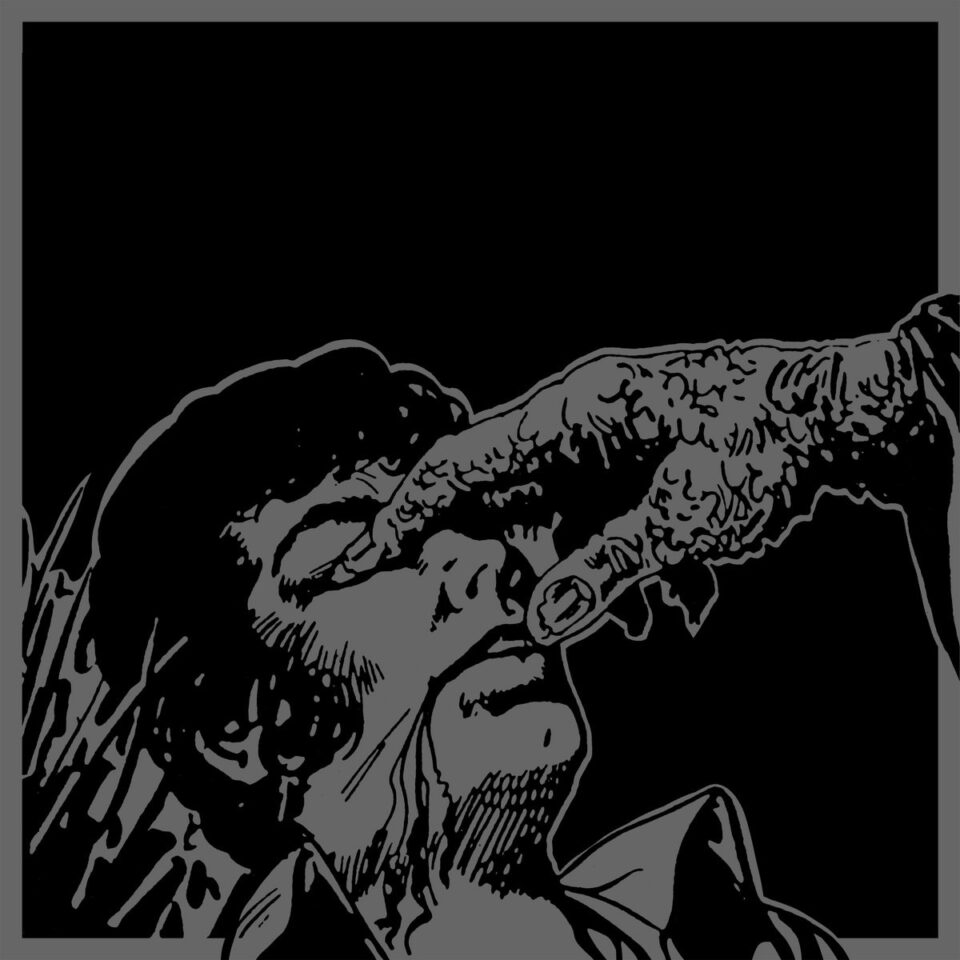Welcome to Rearview Mirror, a monthly movie column in which I re-view and then re-review a movie I have already seen under the new (and improved?) critical lens of 2021. I’m so happy you’re here.
With the amount of reconsidering and revisiting and re-contextualizing of the Disney canon that happens daily on the internet, there’s little left to be said about 1996’s The Hunchback of Notre Dame, which turns 25 years old today. It’s weird. It’s religious. It’s weird-horny-religious. Some elements have simply aged poorly, others are downright problematic (we don’t call people “gypsies” anymore, for starters), and it’s based on a novel by Victor Hugo—you know, the guy who wrote the novel upon which another (more) famous musical, Les Misérables, is based. The one with the dead whore and the bloody revolution and the suicidal cop. Obviously the guy to provide your next big family-friendly blockbuster!
I won’t get too much into the Disney Inc. Lore of it all, but basically, in the latter half of the ’90s, the Mouse House was growing tired of the Princess Shtick and wanted more boy-centric stories again. Hence Hunchback and Hercules and Tarzan and, to a certain extent, Mulan (yeah, she’s a girl, but she’s dressed as a boy and she goes to war, so, it’s an action movie!). Hunchback’s premiere coincided with the rise of Pixar and the death (at least until Frozen) of the big Broadway-style Disney musical movie. And that’s part of why it’s been sort of forgotten in the decades since (analyzed by nerds, yes; talked about by fans, less so).
The bigger reason is that there’s not much you can pull out of context and play with. Tarzan, Mulan, and Hercules all have soundtracks that get nostalgia plays. There are no hits in Hunchback. You can’t dance to it. You can’t really sell merch from it (anyone want to play with a disabled bell-ringer? No? A poor sex worker? No?) and there’s no corresponding ride at a theme park. And so there’s little to latch onto except the movie as a whole, which, as I said, is kind of dark and twisted and weird as fuck. But the thing is, there’s a huge market for dark, twisted, weird-as-fuck animated musicals for kids. It’s called Not Disney.
Anastasia, The Swan Princess, and The Prince of Egypt were and still are each taken on their own merits rather than compared and contrasted to Aladdin or whatever simply because they don’t have the Walt Disney title card hanging around their opening credits like an albatross. I bet you can’t even name the three studios that produced those movies, because it doesn’t matter. Knowing what studio made a particular movie is for nerds, not regular audience members, and Disney is really the only studio that puts its financing front and center. (Marvel and Pixar also became brands that people hung expectations on; you’d notice the logo before the actual movie title. And both have since become Disney. So there you go.) That swirly D has strings attached, and in this case, those strings form a net, keeping Hunchback uncomfortably in the category of Strange Failed Disney Flick. It should be its own spicy little curio instead.
That swirly D has strings attached, and in this case, those strings form a net, keeping Hunchback uncomfortably in the category of Strange Failed Disney Flick. It should be its own spicy little curio instead.
The Disney fingerprints are everywhere, from our hero’s (and who is Quasimodo if not grumpy Rapunzel?) quippy sidekicks, the stone gargoyles, to the love story (aww!) with a weird lesson (hot people should be with other hot people). And the Disney constraints hem it in, too: Because Catholic God can’t be a character, Frollo is motivated by all sorts of imagistic factors, including the implication that Notre Dame Cathedral itself can cast judgment on a soul. Yes, it’s in keeping with the themes of the novel and it works visually, but it would just make more sense if in the text they could be like, “By the way…Jesus.” So it doesn’t work as Disney. But I maintain it could work as itself.
Like Quasimodo, the movie is misshapen with merit, stuck out of sight because it didn’t come out the way we expect things to look. But give it a chance to ring its own bells and you might like what you find. A tale of a true outsider who is significantly different. Not because he’s a girl who reads or a singing half-fish but because he’s genuinely abnormal. A couple songs that aren’t half bad and some animation that’s quite nice. A plot that’s scary the way some kids like and not stupid the way so many parents get sick of. If you’ve got a kid who’s already memorized Moana and is ready for something slightly more sophisticated, give them this. Just don’t tell them it’s from Disney. And do tell them we don’t call people “gypsies” anymore. Because seriously, we don’t. FL









